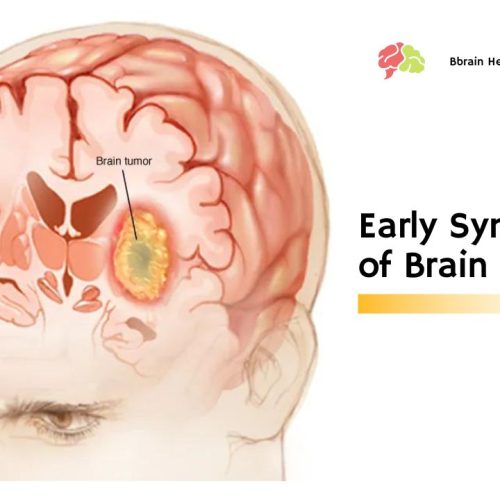
Cell Phones and Brain Cancer: Examining the Evidence and Understanding the Risks Cell phones have become an integral part of our daily lives, offering convenience, connectivity, and instant communication. However, concerns have been...

Cell Phones and Brain Cancer: Examining the Evidence and Understanding the Risks Cell phones have become an integral part of our daily lives, offering convenience, connectivity, and instant communication. However, concerns have been...

Brain Cancer Prevention: Reducing the Risks through Lifestyle Choices Brain cancer is a devastating disease that affects thousands of people worldwide. While the causes of brain cancer can be complex and multifactorial, certain...

Brain Cancer Chemotherapy – A Blunt Approach A common part of a cancer treatment regimen is chemotherapy. We all know that it makes your hair fall out but what is it actually doing? What...

Benign Tumors – Potentially Not So Benign When you first find out that you have a brain tumor, it can be a devastating experience. You automatically start to worry about the future and whether...

Alternative Treatments and Brain Cancer The Other Options There is nothing scarier than being told you have brain cancer. Survival rates are low for this dreaded disease. Many doctors will tell you there...

Last Stages of Brain Cancer – More Than Just a Headache The last stages of brain cancer can be extremely trying for patients and their families. Despite the recent advances in the treatment...

Types of Brain Tumors – Very Different Outcomes There are many different types of brain tumors and each of them has its own awkward name. The unfortunate truth is that the type of...

Brain Cancer Radiation – Laser Sharp Accuracy One of the options that doctors have when treating brain cancer is using radiation. Radiation therapy kills cancer cells but differs from chemotherapy in that it...

Brain Tumor Symptoms – More Than Just a Headache Brain tumors are serious conditions. If you have more than a few of these symptoms, please see a doctor and get checked out. Brain...

Early Symptoms of Brain Cancer Don’t Be Fooled One of the most difficult things about brain cancer is that the early symptoms of brain cancer can mimic things that are not cancer. For...
Your brain is like a muscle: it needs to be exercised regularly to stay in shape. And one of the best ways to exercise your brain is to do puzzles. Puzzles are a fun and challenging way to improve your cognitive function. They can help to improve your memory, concentration, problem-solving skills, and creativity. Puzzles can also help to reduce stress and improve your overall mood.



© 2023 Created Buy brain health and puzzles